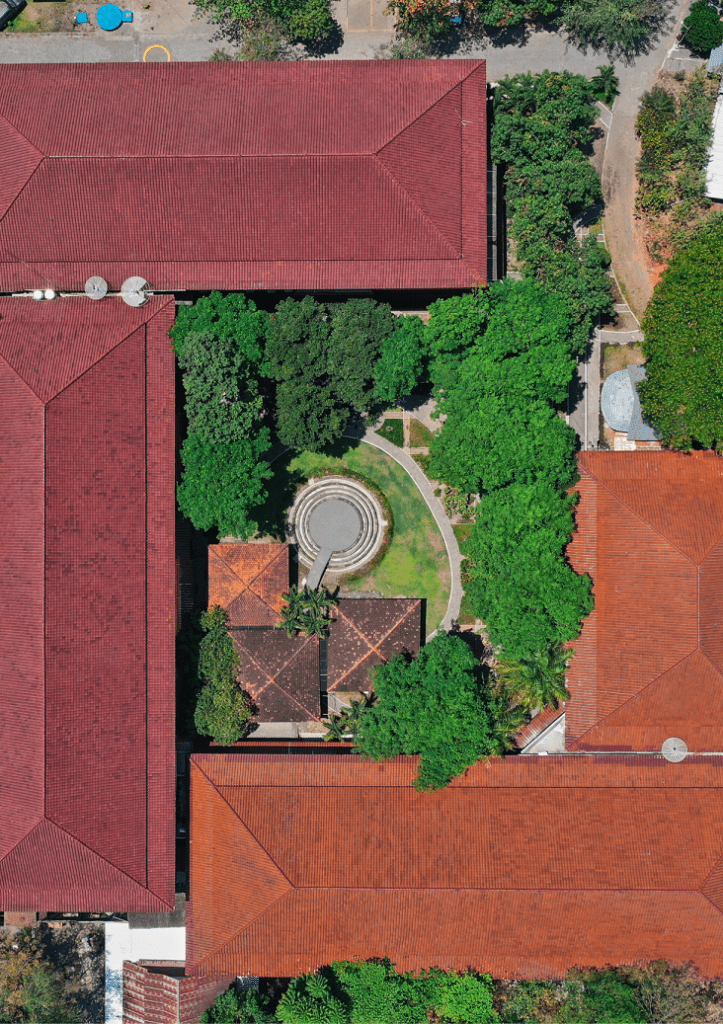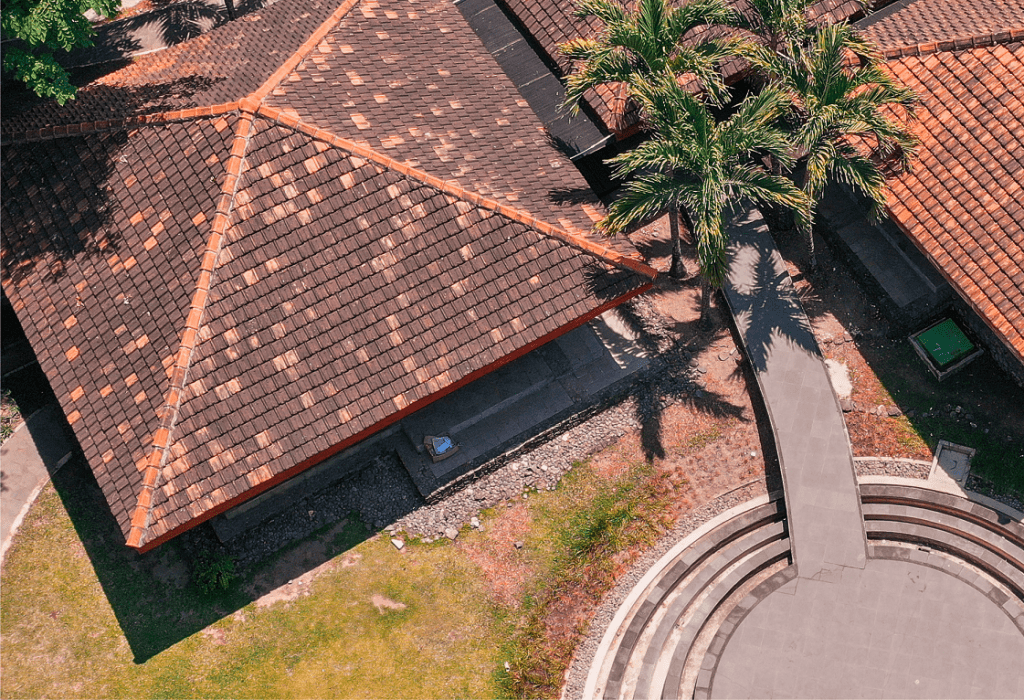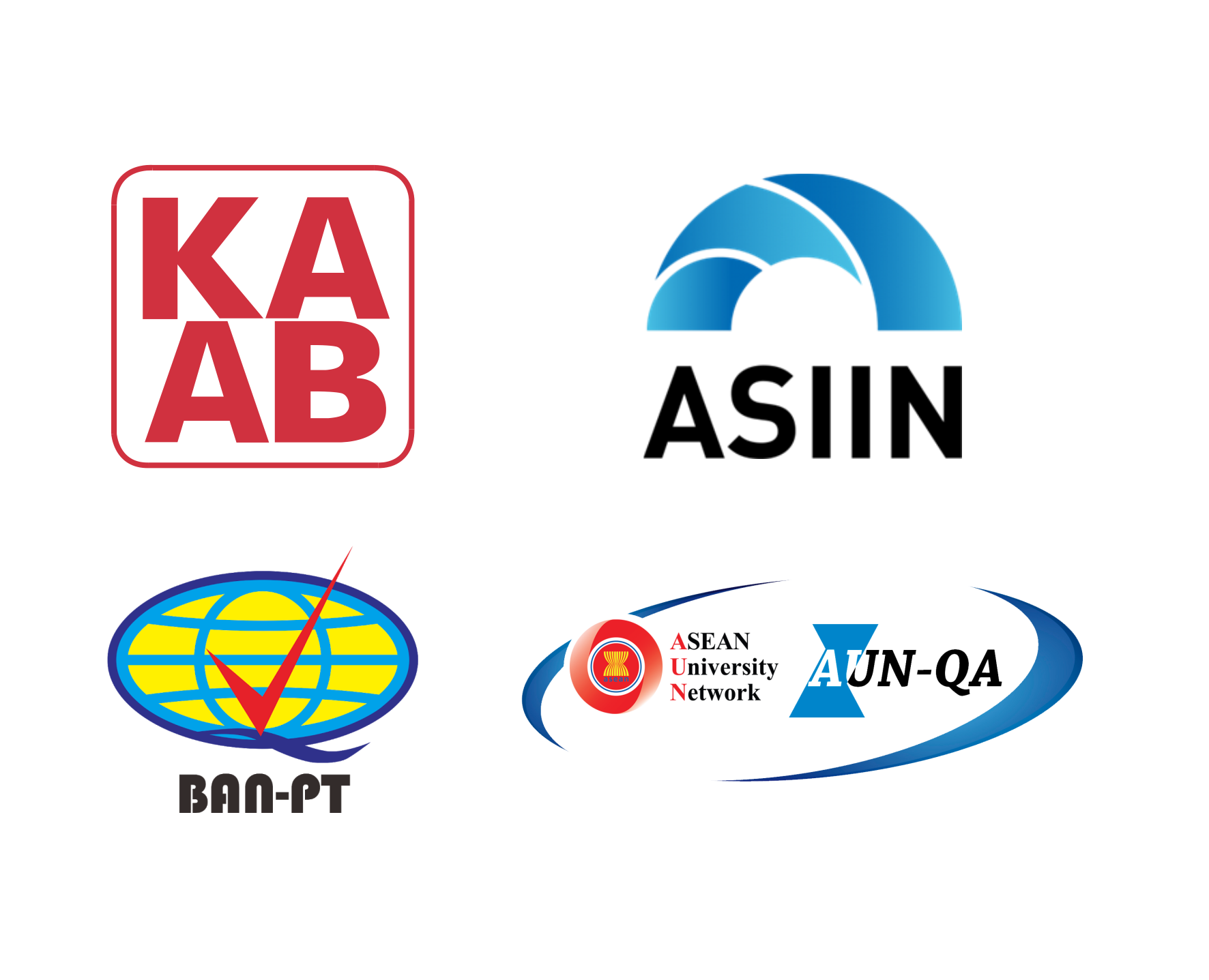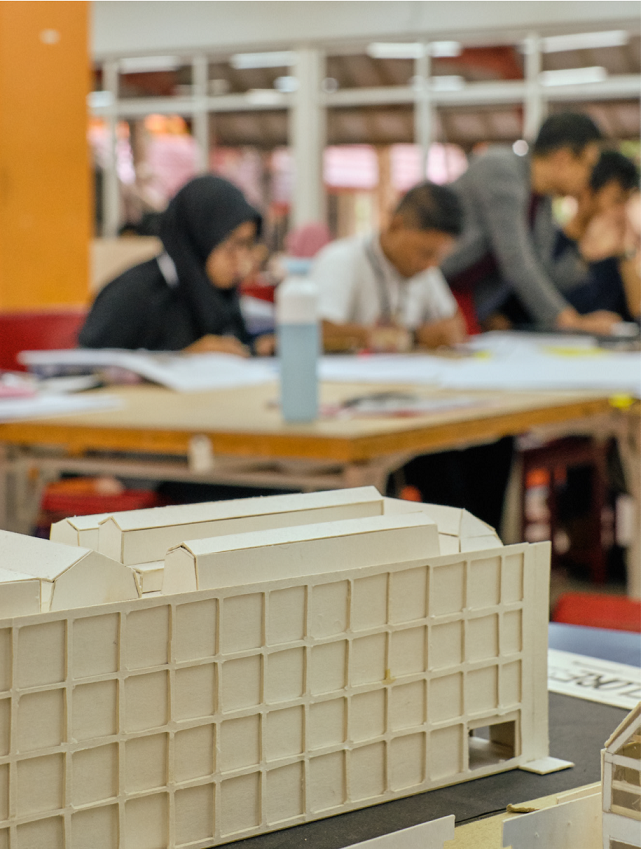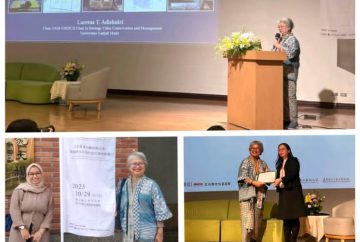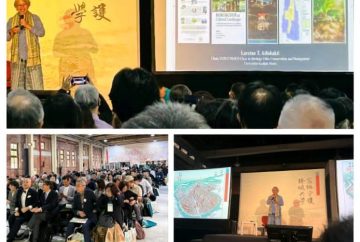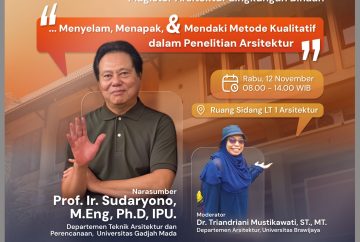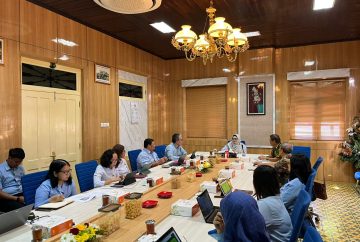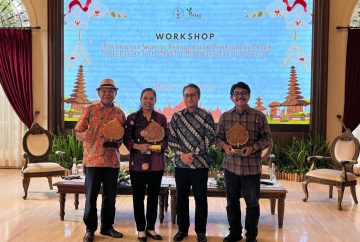Recent Post
Yogyakarta’s Spatial Philosophy Offers Global Solutions for Sustainable Cities at the Taiwan Heritage Society Forum
19 November 2025
A presentation on the Cosmological Axis of Yogyakarta delivered by Dr. Eng. Ir. Laretna Trisnantari Adhisakti, M.Arch., or Bu Sita, before researchers of the Taiwan Heritage Society on 29 October 2025 introduced a fresh perspective to the global discourse on ...
Carrying the Concept of Yogyakarta’s “Saujana” to Taipei, Indonesia Highlights Community-Based Heritage City Conservation on the Global Stage
19 November 2025
Indonesia once again demonstrated its significant role in international cultural diplomacy through the presence of Dr. Eng. Ir. Laretna Trisnantari Adhisakti, M.Arch. (Bu Sita) as a keynote speaker at the international conference Guarding Hometown – Learning Across Domain on 31 ...
Prof. Sudaryono Delivers an In-Depth Lecture on Qualitative Methodology in Architectural Research at Universitas Brawijaya
19 November 2025
The Master’s Program in Architecture of the Built Environment, Department of Architecture, Faculty of Engineering, Universitas Brawijaya (FT UB), held a guest lecture titled “Diving, Stepping, and Climbing Through Qualitative Methodologies in Architectural Research” on Wednesday, 12 November 2025. The ...
Prof. Bakti Setiawan Attends the 2025 Gebyar Hantaru Celebration: Supporting a “Bright and Clean” Yogyakarta
19 November 2025
Yogyakarta, 19 November 2025 – Prof. Ir. Bakti Setiawan, M.A., Ph.D., commonly known as Prof. Bobi, Professor of Urban and Regional Planning at Universitas Gadjah Mada, attended the peak event of the 2025 Gebyar Hari Agraria dan Tata Ruang (Hantaru) ...
Prof. Bakti Setiawan Speaks at Workshop on Cultural Heritage Protection and Sustainable Infrastructure Development
23 October 2025
Prof. Bakti Setiawan, often known as Pak Bobi, was one of the speakers at the workshop “Protection of Cultural Heritage in the Implementation of Sustainable Infrastructure Development Projects in Indonesia” organized by P.T. Sarana Multi Infrastruktur. The event took place ...
Prof. Ir. Wiendu Nuryanti, M.Arch., Ph.D., lecturer at the Department of Architecture and Planning, Faculty of Engineering, Universitas Gadjah Mada, served as one of the keynote speakers at the Wonderful Indonesia Tourism Fair (WITF) and Southeast Asia Business Events Forum ...
Prof. Bakti Setiawan Participates as Speaker in WINNER 2025
17 October 2025
Yogyakarta, October 8, 2025 — Prof. Bakti Setiawan, a lecturer at the Department of Architecture and Planning, Faculty of Engineering, Universitas Gadjah Mada, served as one of the speakers in the session “From Scientific Research to Societal Impact: Climate and ...
Urban Planning Studio Students of UGM Participate in Focus Group Discussions on Code River Area Planning
10 October 2025
Students from the Urban Area Planning Studio in the Urban and Regional Planning Program (PWK), Universitas Gadjah Mada (UGM) actively participated in the planning activities for the Code River area, organized by the Division of Housing and Settlement Areas, Department ...
The Interior Design Student Association (HMDI) of the Department of Interior Design, ITS, held the Kelana program on Saturday, September 20, 2025, at Gedung Ajiyasa, 2nd Floor, Faculty of Fine Arts and Design, ISI Yogyakarta, Sewon, Panggungharjo, Bantul, Yogyakarta. On ...


